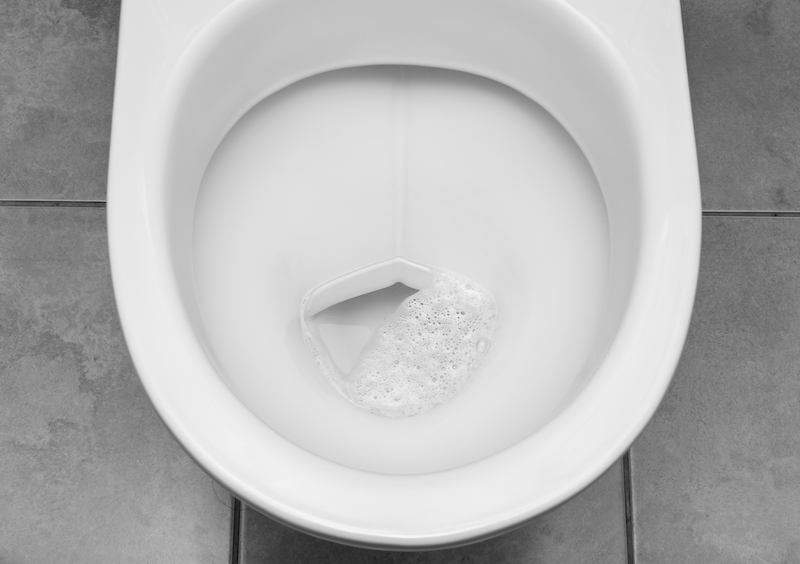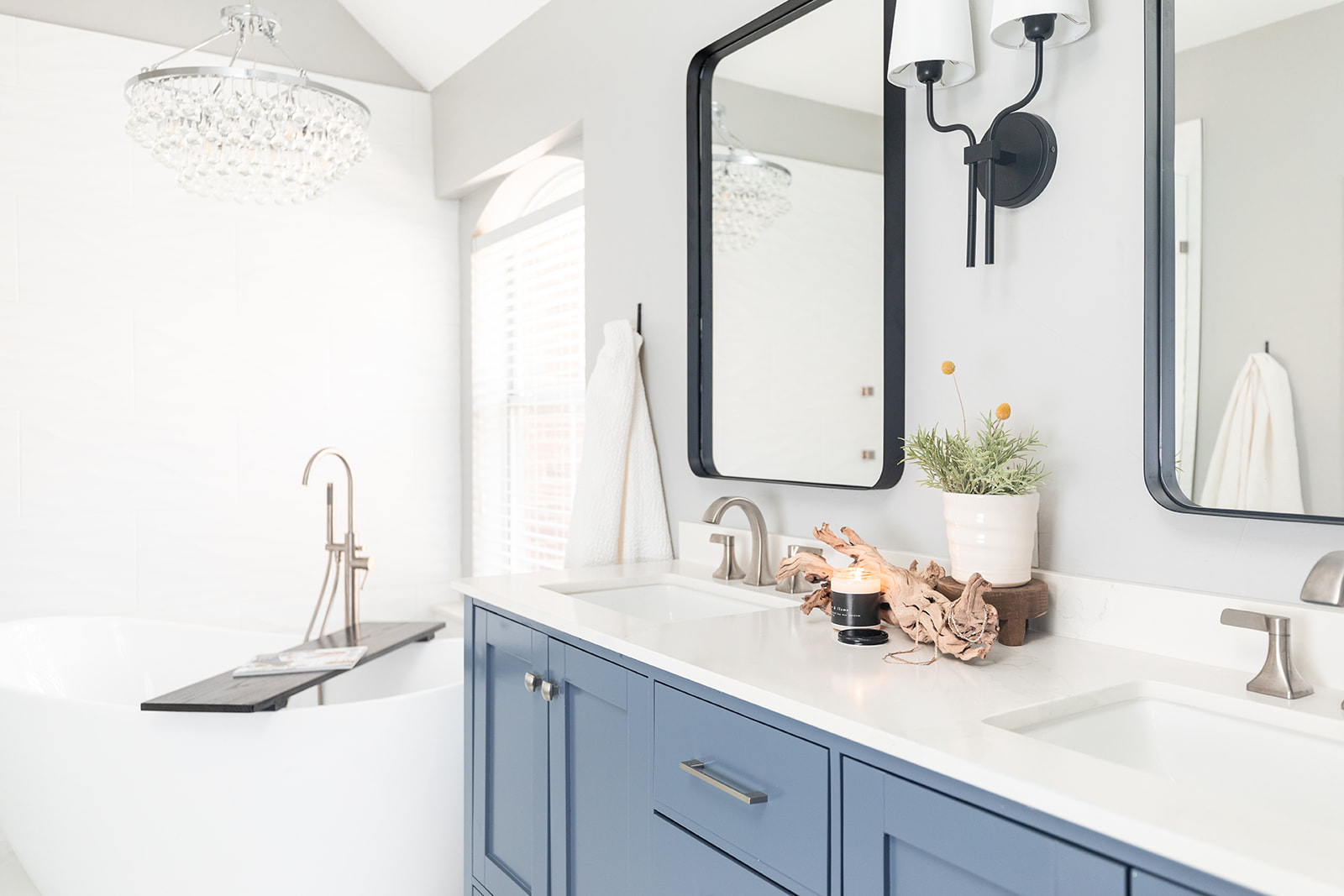
How to Flush an Automatic Toilet with No Button: Unusual Hacks for Tech Enthusiasts
Share
In today's fast-paced tech world, there's an unspoken expectation for everything to work seamlessly, including something as mundane as an automatic toilet. But what do you do when you find yourself in front of an automated toilet that doesn't have a button and, seemingly, no way to flush? As tech enthusiasts and professionals, we love a good challenge and what could be more intriguing than cracking a high-tech hygiene conundrum?

Understanding the Technology Behind Automatic Toilets
Before we dive into the solutions, it's essential to understand how these automatic toilets function at a basic level. Automatic toilets typically rely on sensors to detect movement or weight. These sensors, often located in the bowl or near the tank, are designed to initiate the flush when they detect that a user has finished their business and moved away. Unfortunately, technology can fail. Sensors might get dirty, malfunction, or lose calibration, thereby leaving the toilet in a non-flushable state.
If you're keen on diving deeper into how the entire flushing mechanism of a toilet gets its power, you might find our comprehensive guide on how does a toilet flush to be quite enlightening.
Emergency Flushing Techniques without a Button
So what should you do if your high-tech toilet fails you at a critical moment? Here are a few ingenious tricks:
- Manual Trigger: Many modern toilets have an override or manual flush option, cleverly hidden for emergencies. Look for a small wire or button beneath the sensor; gently tugging or pressing on it might initiate a flush.
- Reset the Sensor: Sometimes, a simple reset can solve the issue. Wave your hand slowly in front of the sensor. Moving your hand closer and then farther away might re-engage the sensor's function.
- Find the Panel: Some high-tech toilets come with a discreet access panel for maintenance. Behind this panel, you might find a secondary button designed for technicians or emergency use.
Adopt a Preventive Approach
While handling a malfunction is critical, prevention is better than cure. Regular maintenance of sensors is crucial. Dust, moisture, or even soap scum can interfere with the sensor's performance. Regularly cleaning these components with a soft, damp cloth will ensure smooth operation.
Additionally, if you're planning a bathroom remodel or just considering upgrades, emphasizing sensor quality is essential. Consider this expert advice on essential bathroom remodeling tips to keep your fixtures advanced and efficient.

Keep Abreast with Latest Trends
Technology evolves, and so do our toilets! Stay updated with the latest advancements in toilet technology. Smart toilets are gaining traction, offering features like LED lighting, automatic flushing, and even Bluetooth music systems. For more on these technology integrations, explore our detailed articles on modern innovations in enhancing flush power and the peculiarities of modern plumbing.
FAQ Section
- Q: Can all automatic toilets be manually flushed? A: Most modern toilets offer some manual option, but it's best to check the model.
- Q: What usually causes a sensor to stop working? A: It can be due to dirt, a dead battery, or a technical glitch in the sensor's system.
- Q: Are smart toilets a worthwhile investment? A: For tech enthusiasts, the blend of luxury and efficiency can significantly enhance bathroom experiences.
